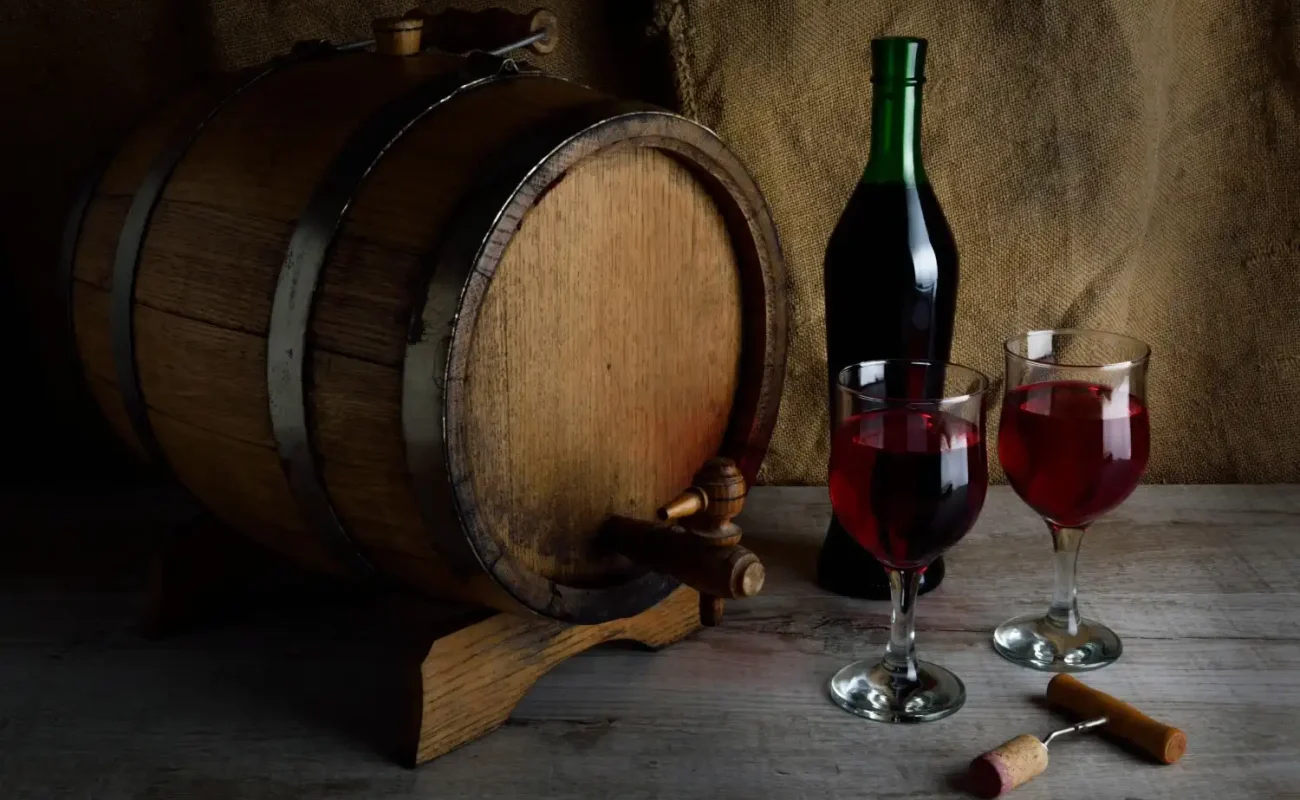
How did port wine bottles grow stylish over decades
If port wine could talk, it would not just whisper of grapes or barrels. It would share stories of voyages across oceans, of hands that shaped glass in firelight, and of centuries of craftsmanship bottled with pride.
Because every port wine bottle is more than glass it is a keeper of time, a storyteller of style, and a quiet witness to tradition. Let us travel back through centuries of shape, glass, and artistry and watch how the wine bottle grew, aged, and evolved alongside the beloved drink itself.
Hand-Blown Port wine Charm
When merchants first shipped port wine from Portugal’s Douro Valley to England, bottles were not about beauty they were about bravery.
Hand-blown by skilled glassmakers, these early bottles were thick, dark, and often misshapen. Their bulbous “onion” bodies were built to survive long sea journeys, rolling waves, and cellar walls.
- Material: Dark green glass to guard against sunlight.
- Shape: Round bases designed for side storage during aging.
- Purpose: Strength and survival.
Each bottle was one-of-a-kind, complete with small air bubbles the maker’s fingerprint. Merchants etched their initials, turning each piece into a signature artifact.
At that time, no one was debating what is port wine or how to drink wine properly. Wine was traded, poured, and celebrated in rugged glory history in every pour.

Port wine bottle Refinement
As the Industrial Revolution changed the world, it also refined the port wine bottle.
Glassblowing gave way to mold production, introducing uniform shapes and stable bases bottles that finally stood tall and proud.
Corks became standard, ensuring tighter seals. Bottle shoulders sloped gently, designed to trap sediment an innovation especially useful for LBV port wine and vintage styles that aged for decades.
This era saw the rise of embossed crests and early branding a nod to best wine brands determined to carve identity in glass.
For the first time, bottles began to balance function and form standing as a promise of the excellence sealed within.
Rise of Identity and Elegance in Port Wine
By the early 20th century, port wine had matured not just in casks, but in culture.
It was not just a merchant’s cargo anymore; it had become a gentleman’s pleasure and a collector’s pride.
The bottle evolved into a canvas:
- Paper labels emerged, telling stories of origin and craft.
- Embossed logos spoke of heritage.
- Distinct silhouettes reflected each house’s personality.
You could recognize a tawny port wine or ruby port wine from across the room each with its unique hue and bottle character.
This was also the era when port wine and cheese pairings became classic indulgences a symbol of timeless sophistication.
Every design choice now whispered the same message: elegance, authenticity, and the art of aging gracefully.
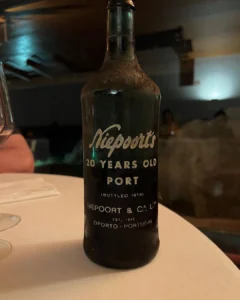
Port Wine Through the Collector’s Eye
By the mid-20th century, the port wine bottle had found its voice.
It spoke of family crests, of vineyards rooted in granite soil, and of traditions stretching back generations.
Designers began crafting custom molds, allowing every brand from legendary houses to best port wine newcomers to express their identity through glass.
The 750ml bottle became a global standard. Foil tops, embossed lettering, and ornate labels told stories of harvests, hillsides, and patient cellaring.
Limited editions marked milestones; bottles became keepsakes. Collectors were not just storing wine they were archiving history.
It was the golden age of branding and memory, where a bottle was more than a vessel it was a family crest cast in glass.
Many iconic producers, like Niepoort, began refining their presentation with bottles like Niepoort Ruby Port Red Wine embodying tradition and Niepoort LBV Port Red Wine showcasing the perfect balance of age and vitality.
Decades of Craftsmanship in Every Port Wine Bottle
Centuries ago, port wine bottles were rugged survivors hand-blown, bulbous, and dark, built to endure long sea voyages rather than impress at dinner tables. Their rounded bases and uneven glass told tales of human touch and artisan firelight, each bottle unique, imperfect, and proud.
As the decades rolled forward, refinement took shape. By the 1800s, molds replaced hand-blown whimsy, creating bottles that stood taller, sleeker, and more stable. The embossed crests of noble houses began appearing, hinting at the growing power of branding and heritage. These bottles were no longer just vessels; they became the first ambassadors of the best port wine houses symbols of precision and pride.
In the 1900s, elegance joined function. Bottles began to mirror the character of the wine inside dignified for tawny port wine, vibrant for ruby port wine, and stately for LBV port wine. Labels became storytellers, carrying family crests, vineyard names, and vintage years. What once was plain now whispered identity and lineage.
Today, modern port wine bottles have evolved again not toward extravagance, but toward purposeful simplicity. Clean lines and minimalist design tell stories in subtle tones. Sustainability leads the way, with recycled glass, lightweight builds, and eco-conscious details. Some even carry smart labels that connect the past to the present with a single scan.
So, while the shape and style may have shifted from hand-blown strength to sleek sustainability, the spirit remains the same. Each bottle, whether centuries old or freshly corked, still serves its sacred duty: to protect the precious port wine within and honor the artistry behind every drop.
And today, when you glance at modern designs from respected producers like Niepoort, you will see that legacy alive from the refined silhouette of Niepoort Tawny Port Red Wine to the proud shoulders of Niepoort LBV Port Red Wine proof that history and innovation can coexist beautifully in glass.

Port Wine Goes Sustainable and Smart
Today’s port wine bottles balance heritage and innovation with quiet confidence.
The modern aesthetic is minimal a gentle nod to the elegance of simplicity. Clean lines, matte labels, and refined fonts invite curiosity without shouting.
But beneath the beauty lies purpose:
- Recycled glass and lightweight builds reduce emissions.
- Eco inks and biodegradable seals champion sustainability.
- Smart labels and QR codes invite you into the vineyard’s story.
Even as we learn more about how to drink wine savoring, pairing, respecting each note we have also learned how to design bottles that respect the planet.
Whether it is a tawny, ruby, or LBV port wine, each bottle now blends centuries of craft with tomorrow’s consciousness.
Port Wine’s Future Bottles, Familiar Souls
What lies ahead for the best port wine bottles? Perhaps AI-assisted curves that mimic airflow, NFC chips confirming origin, or augmented reality labels that share winemakers’ tales in your living room.
Design will evolve but the mission will stay the same:
To preserve, protect, and present the timeless spirit of port wine.
And whether paired with port wine cheese, served alongside dessert, or admired as an heirloom, the bottle will continue to reflect centuries of heart and craft.
Conclusion
When you hold a port wine bottle, pause. Feel the weight. Trace the crest. Notice the way light dances through the glass.
You are holding more than a drink. You are holding art, history, and heritage shaped by centuries, carried by generations, loved by collectors, and cherished by storytellers. In every line and label, the past and present meet in one timeless toast to craftsmanship.
At Solis Group, we celebrate the artistry of Niepoort port wines. From the rich, complex Niepoort Tawny Port to the vibrant, bold Niepoort Ruby Port, each bottle reflects exceptional craftsmanship and timeless elegance. Experience the heritage and character that make every sip a journey into true port wine excellence.
FAQs
What is port wine?
Port wine is a fortified wine from Portugal’s Douro Valley, known for rich sweetness, deep color, and aging potential. It is made by adding grape spirit during fermentation to preserve natural sugars.
Why are most port wine bottles dark?
Dark glass shields the wine from UV light, protecting its flavor crucial for styles like tawny port wine that age slowly.
What makes LBV port wine special?
LBV (Late Bottled Vintage) ports are aged 4–6 years in barrels, offering vintage depth without decades of waiting often bottled unfiltered, rich in flavor and character.
What is the difference between tawny and ruby port wine?
Tawny port ages in oak, developing nutty, caramel notes and amber tones. Ruby port stays youthful, vibrant, and fruit-forward bottled earlier to capture freshness.
How does port wine pair with cheese?
Classic pairings include blue cheese, aged cheddar, or creamy brie. The sweetness of port balances salt and richness — a timeless duo known as port wine cheese harmony.
Who makes the best port wine today?
Historic houses like Taylor’s, Graham’s, Fonseca, and Niepoort remain iconic, though many boutique producers now craft small-batch bottles that rival the best wine brands globally.
How should you serve or drink port wine?
If you are exploring how to drink wine, serve port slightly cool (around 16–18°C), in small glasses, and let it breathe savor it slowly, respecting its layered flavors.
Why are modern bottles lighter?
Lightweight glass reflects sustainability goals reducing emissions while keeping the wine safe. Many producers now balance eco-efficiency with the signature strength of port wine bottles.
-
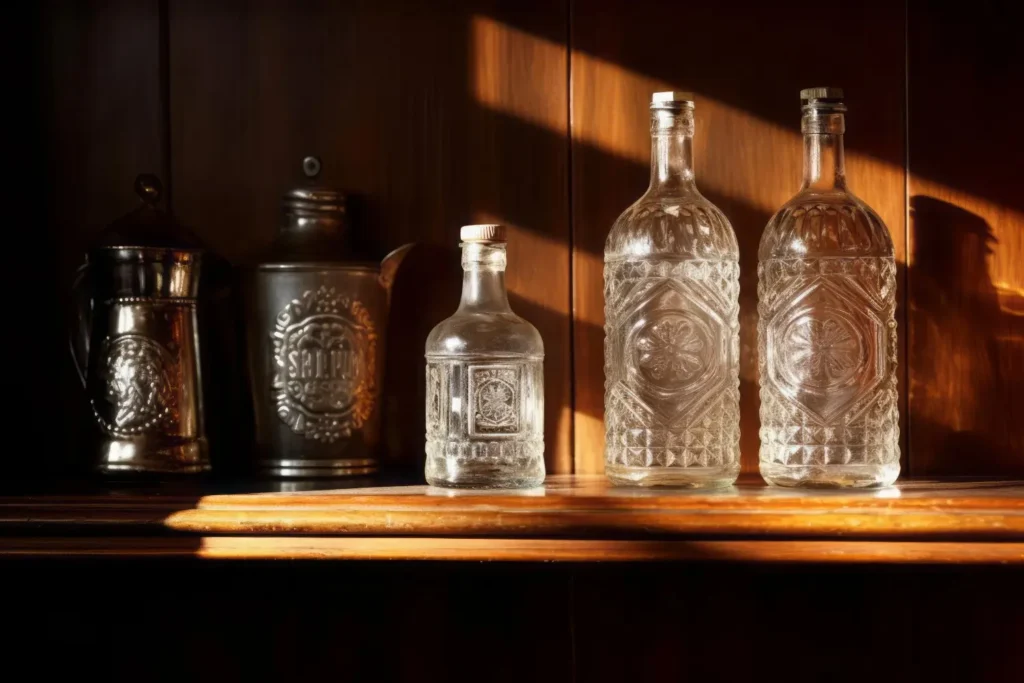 How Does Gin Steal Spotlight from Every Other Spirit
How Does Gin Steal Spotlight from Every Other Spirit -
 What Hidden Meanings Hide Behind Port Wine Labels
What Hidden Meanings Hide Behind Port Wine Labels -
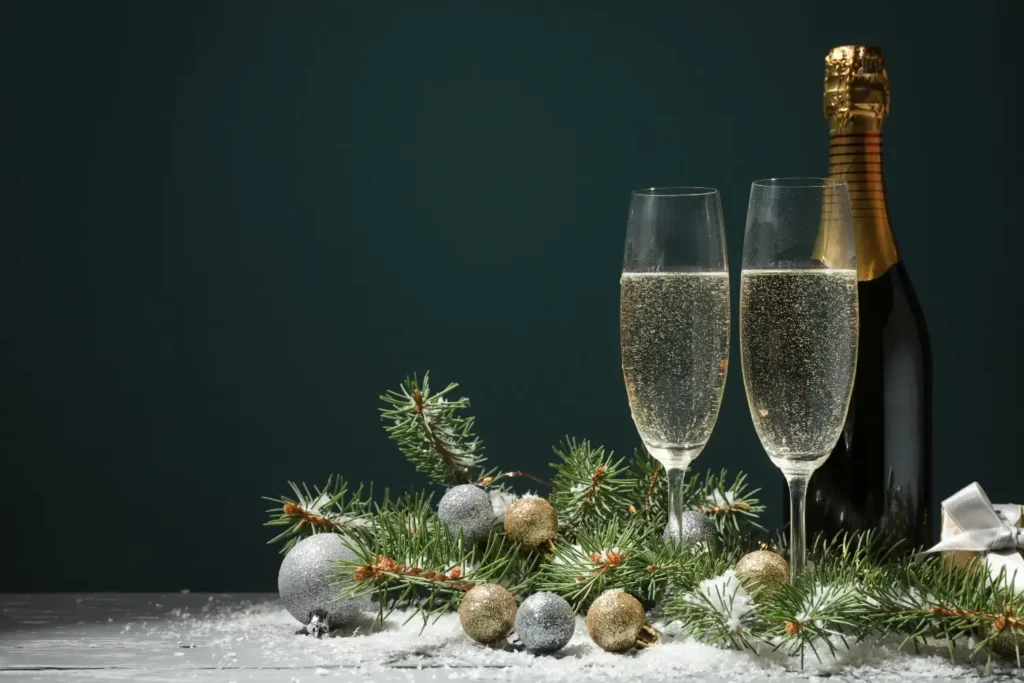 How long Champagne shine before bubbles finally disappear
How long Champagne shine before bubbles finally disappear -
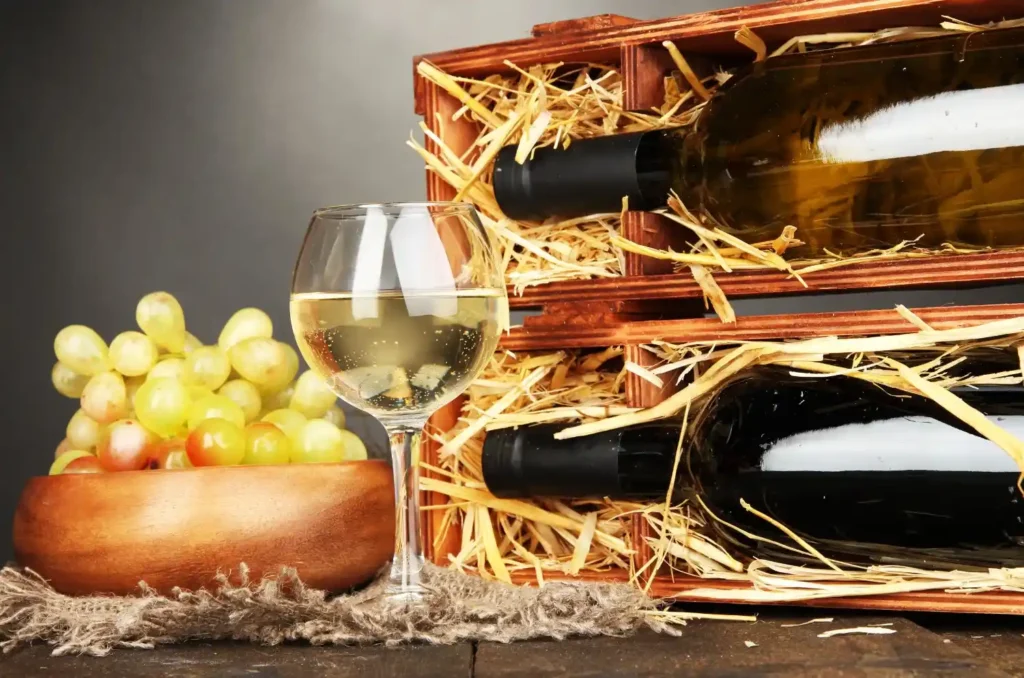 Why Some White Wines Age Good and Others Fade Away
Why Some White Wines Age Good and Others Fade Away -
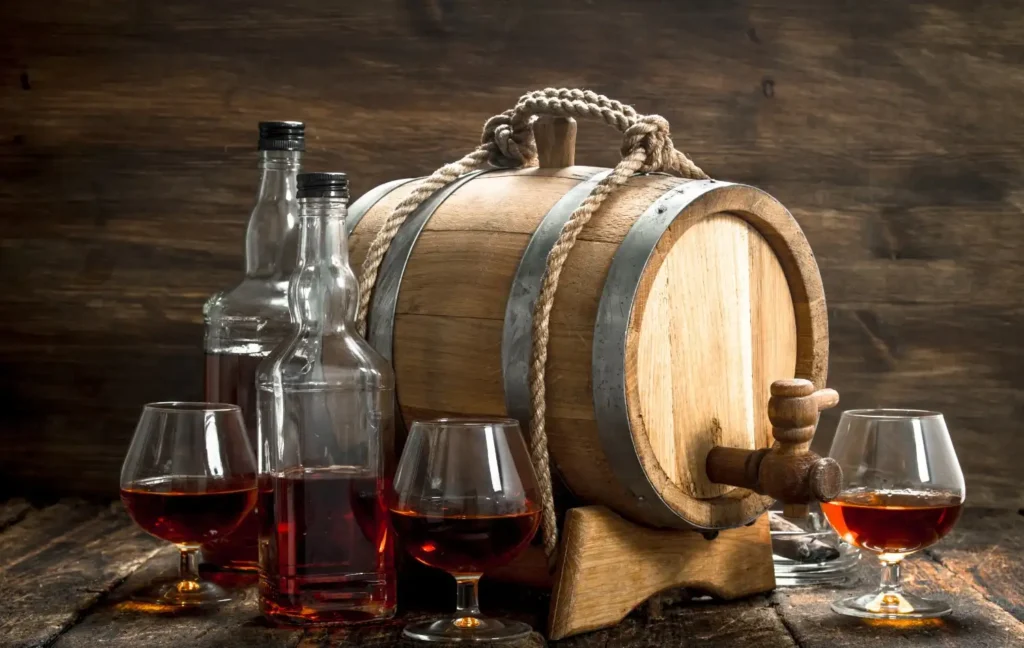 What Makes Single Malt Whiskey Taste Alive in Barrels
What Makes Single Malt Whiskey Taste Alive in Barrels -
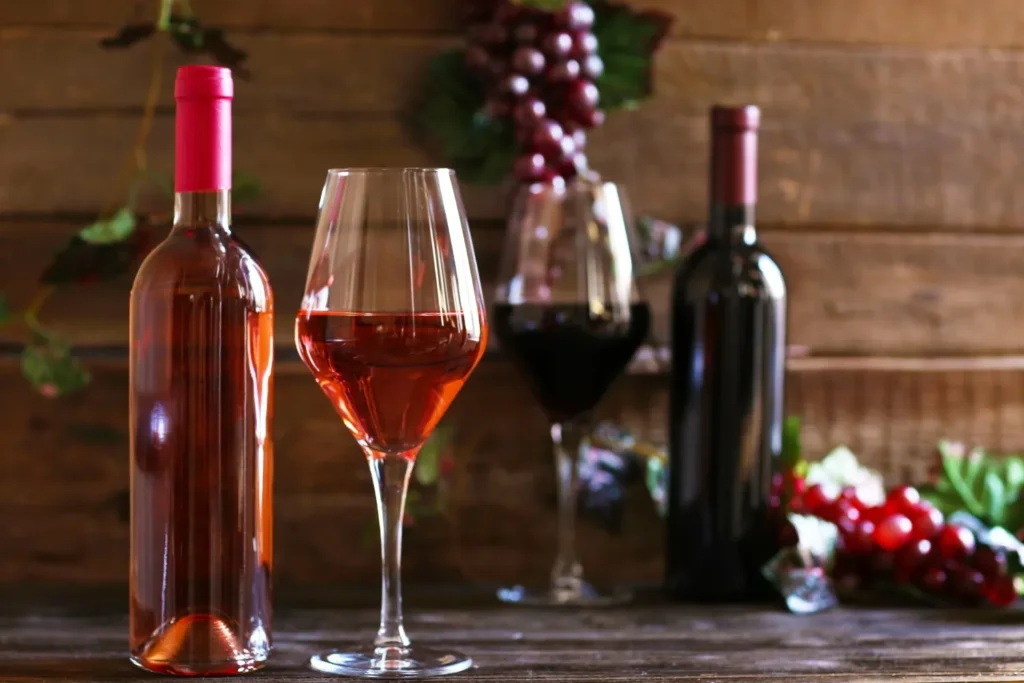 Why does rose wine vs red wine look so opposite inside
Why does rose wine vs red wine look so opposite inside -
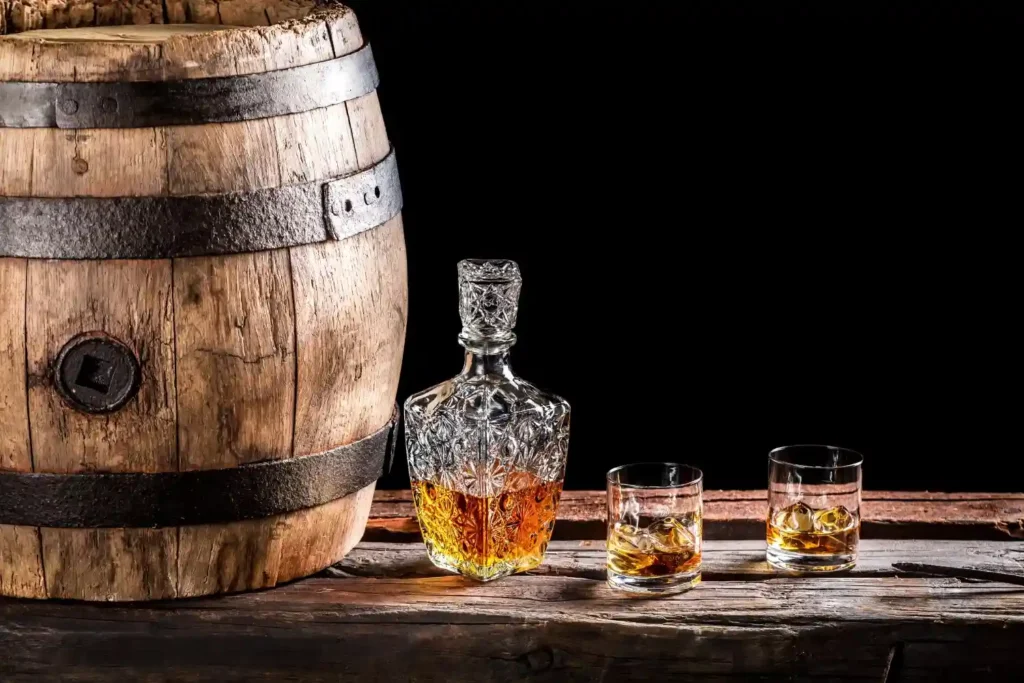 How distillers mastery in Blended whiskey vs single barrel
How distillers mastery in Blended whiskey vs single barrel -
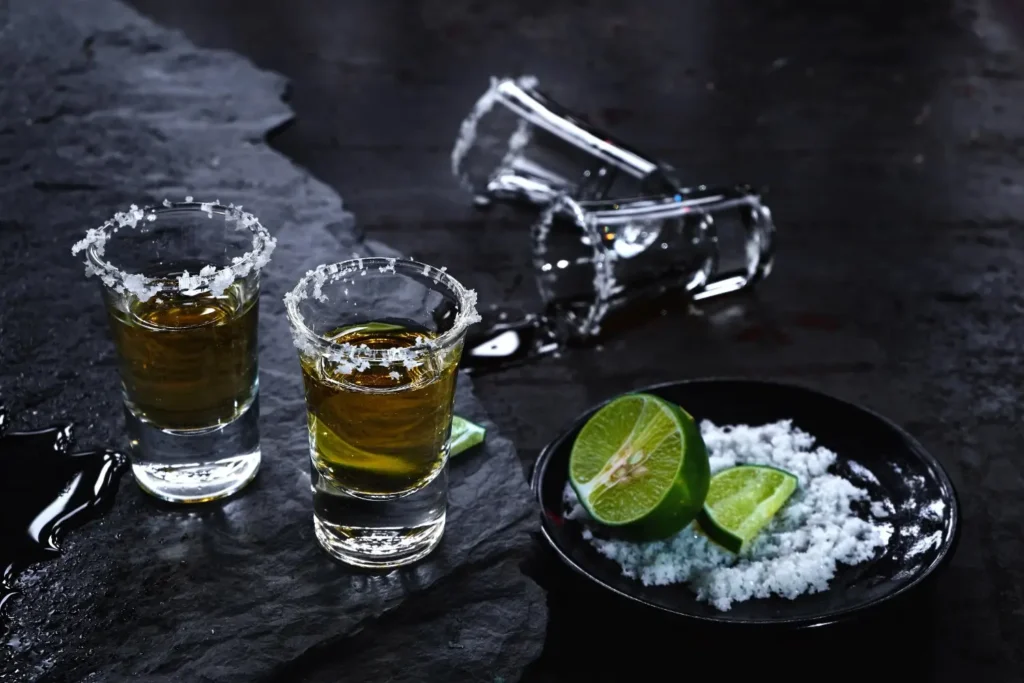 How Every Region Leaves Its Mark on Vodka
How Every Region Leaves Its Mark on Vodka -
 How to Store Gin When Your Guests Think It is Open Bar
How to Store Gin When Your Guests Think It is Open Bar -
 Why Does Cognac Carry Such a Luxurious Price Tag
Why Does Cognac Carry Such a Luxurious Price Tag
-
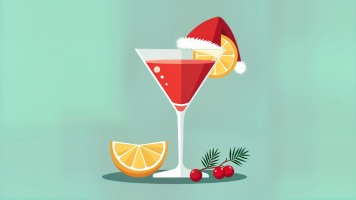 Christmas Cocktails You Can Make at Home
Christmas Cocktails You Can Make at Home -
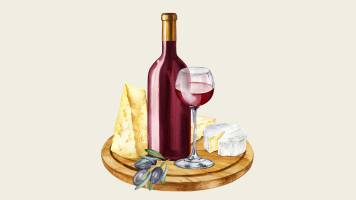 Sound Of Christmas Wine And Cheese?
Sound Of Christmas Wine And Cheese? -
 A Fresh Take on New Year’s Resolutions
A Fresh Take on New Year’s Resolutions -
 The Art of Smelling Wine Like a True Connoisseur
The Art of Smelling Wine Like a True Connoisseur -
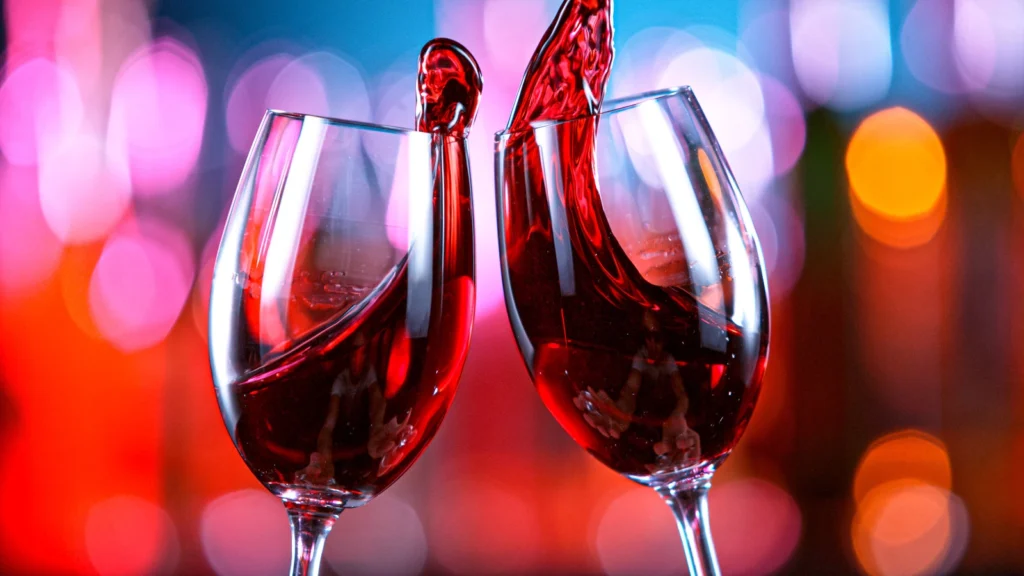 Looking for the Best Wine? Here's Where to Find It!
Looking for the Best Wine? Here's Where to Find It! -
 Read This Before You Buy Your Dad a Whisky.
Read This Before You Buy Your Dad a Whisky. -
 The Art of Pairing Wine with Indian Food
The Art of Pairing Wine with Indian Food -
 Whiskey on the Rocks — Cool Choice or Flavor Mistake?
Whiskey on the Rocks — Cool Choice or Flavor Mistake? -
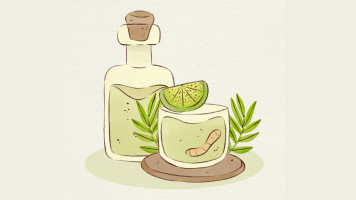 The Ingredients & Botanicals That Define Gin
The Ingredients & Botanicals That Define Gin -
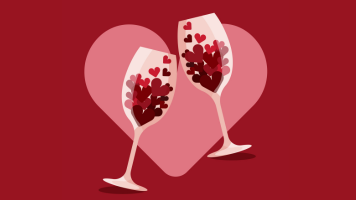 Seven Days of Love — Wine for Valentine’s Week
Seven Days of Love — Wine for Valentine’s Week
-
 How Does Gin Steal Spotlight from Every Other Spirit
How Does Gin Steal Spotlight from Every Other Spirit -
 What Hidden Meanings Hide Behind Port Wine Labels
What Hidden Meanings Hide Behind Port Wine Labels -
 Why Some White Wines Age Good and Others Fade Away
Why Some White Wines Age Good and Others Fade Away -
 What Makes Single Malt Whiskey Taste Alive in Barrels
What Makes Single Malt Whiskey Taste Alive in Barrels -
 Why does rose wine vs red wine look so opposite inside
Why does rose wine vs red wine look so opposite inside -
 How distillers mastery in Blended whiskey vs single barrel
How distillers mastery in Blended whiskey vs single barrel -
 How Every Region Leaves Its Mark on Vodka
How Every Region Leaves Its Mark on Vodka -
 How to Store Gin When Your Guests Think It is Open Bar
How to Store Gin When Your Guests Think It is Open Bar -
 Why Does Single Malt Whiskey Win Single Grain Battles
Why Does Single Malt Whiskey Win Single Grain Battles -
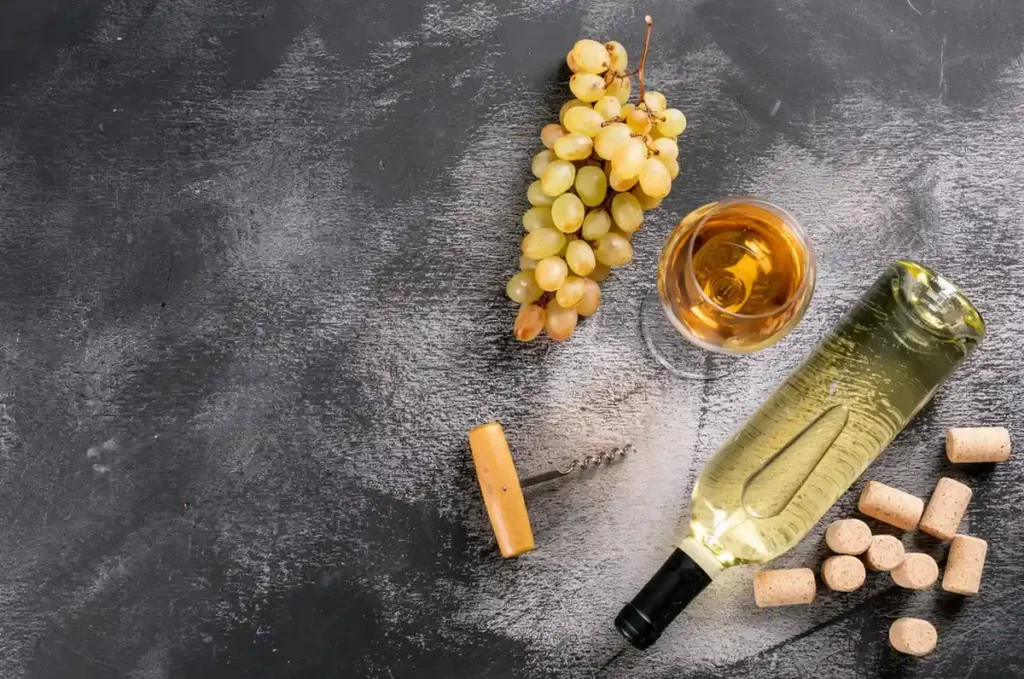 White Wine Guide to Help You Pick the Right Selection
White Wine Guide to Help You Pick the Right Selection

